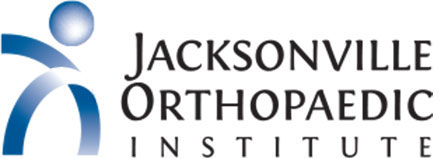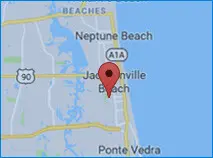Muscles of the Wrist
By Alex Bigale, PTA
Muscles of the Wrist
When talking about muscles of the wrist, you are essentially referring to muscles that originate and are mostly located in the forearm. Typically the muscle belly is located in the forearm and a long tendon crosses the wrist joint and attaches to a bone in the hand which allows for the wrist movements. There are 4 movements that the wrist can make: flexion, extension, radial deviation, and ulnar deviation. The forearm/wrist/hand can also rotate in pronation and supination movements.

Muscles in the Hand
6 Main Muscles that Flex the Wrist
There are 6 main muscles that flex the wrist. These muscles are: the flexor carpus radialis, flexor carpus ulnaris, and palmaris longus. These three muscles originate on the humerous and cross the forearm and extend through the wrist via tendons and insert into the bones of the hand. The other three muscles, the flexor digitorum superficialis, flexor digitorum profundus, and flexor pollicis longus, start in the forearm and the tendons attach to phalanges (finger bones). Due to where these muscles insert they are able to help with flexing the wrists as well as flexing their respective finger/thumb they attach.
Flexor Muscles of the Forearm
These 6 muscles of the wrist and forearm are very active in daily activities. Often they are too active and are prone to tendonitis. It is important to stretch these muscles prior to repetitive activities like working on a computer, texting or playing video games.

Flexor Muscles of the Wrist and Forearm
Forearm Muscles
Several muscles in the forearm control the rotating of the wrist/hand. When your elbows are at your side and bent to 90 degrees, the supinator muscle rotates your palm upwards. The pronator teres and pronator quadratus work in the opposite direction and turn your palm down.
Common Wrist Injuries
Wrist Sprains
A sprain-type injury is when a ligament is damaged. Ligaments connect bone to bone and the wrist/palm is a complex structure of small bones connected by ligaments. When a person falls forward when running, playing sports, or simply trips they have a natural tendency to try and reach forward to catch themselves. This outreached arm and extended wrist position can cause tearing of the ligaments of the wrist upon impact.
Wrist Fracture
The most common fracture injury of the wrist occurs in the same manner as the wrist sprain (outreached arm with extended wrist). This fracture also commonly occurs in motor vehicle accidents. The wrist has 8 small bones, but the scaphoid bone is the one that is frequently the suspect in fractures. Depending on the extent of the damage this injury can appear to be a simple sprain until an x-ray is performed.

Bones in the Wrist
Tendon Injuries
As discussed earlier, tendons connect the muscles to the bone and with the wrist, the tendons are very long and slender which subjects them to injury. Tendonitis (irritation/inflammation of the tendon) occurs with repetitive overuse type injuries. There are two common wrist tendonitis injuries that occur with sports.
De Quervain’s Tenosynovitis
-De Quervain’s Tenosynovitis occurs with sports that require repetitive gripping and rotations. This is overuse causes irritation and inflammation of the tendons on the thumb side of the wrist. This causes it to swell and makes it hard for the tendon to move properly which causes pain.
-Extensor Carpi Ulnaris (ECU) Tendonitis occurs in sports that require twisting and extension of the wrist such as tennis and basketball.
Most tendon injuries can resolve over time with rest and icing, but if pain continues to persists (as will all injuries to the wrist) a person should consult an orthopedic physician to see if they need surgical intervention or physical therapy to help resolve the injury.
Related Articles: Finger Bones and Thumb Fractures.
Written by: Alex Bigale, PTA
Book an Appointment with The Jacksonville Orthopaedic Institute Today!
JOI Physicians continue to offer online new patient appointments. This is another option to make it more convenient to make new patient appointments with less phone hold times. Follow the link below to select your JOI MD and schedule online.
You can still call 904-JOI-2000 to make new patient JOI Physician Appointments if that is your preference.
To make appointments with JOI Rehab, please call 904-858-7045.



